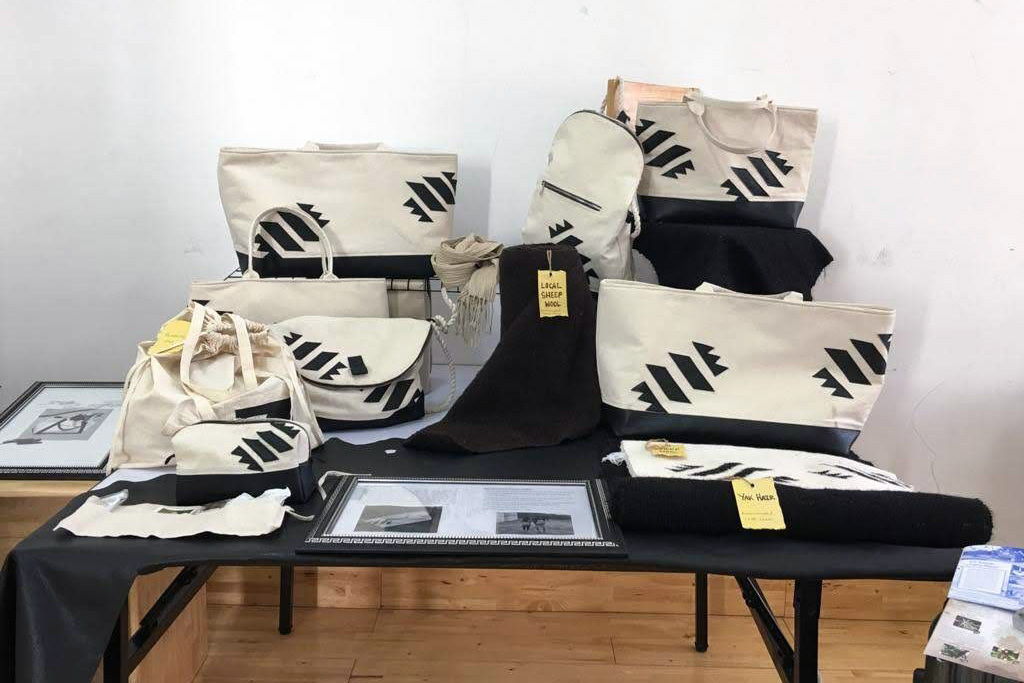On September 18, 2019, seven Bhutanese designers and artisans stood proudly with Her Majesty Gyalyum Sangay Choden Wangchuk in front of their newly designed product lines. The products on display at the Royal Textile Academy of Bhutan (RTA) represented three months of collaborative work and innovation between the designers and Joseph Lo, curator at the Center for Folklife and Cultural Heritage.
The RTA supports a textile museum, a weaving school, and soon a textile design resource center. Earlier this spring, Lo worked with RTA staff to develop and teach “Culture-Based Product Development and Design,” a series of workshops designed to create new intersections between traditional textile practices and contemporary design theories while improving product quality. Prior to the workshop, the Center and RTA analyzed sales at the RTA’s museum shop, which found that customers preferred T-shirts or bookmarks instead of textile-related souvenirs. During the workshop, designers sought creative solutions to combat this trend, turning to their own experiences, culture, and interests as inspiration.
The series of six workshop sessions took place over the course of two months, with time in between for practice and implementation. The program included intensive coursework introducing a range of design concepts, indicators of quality, color theory, and ethical design. Seven students—mostly young women—practiced designing for specific customers, developing their signature style, and creating a product range. Most importantly, the participants were introduced to the concept of culture-based product development and design—that is, the incorporation of cultural elements into contemporary products with sensitivity to the current cultural context.




Whether it was traditional architecture, local garments, or the wastefulness of “fast fashion,” the designers conveyed uniquely Bhutanese concepts through their product lines. Each designer emphasized the blend of traditional and modern, creating products that would catch the eye of both locals and tourists.
The workshops culminated in a competition, as seven designers presented their collections to a panel of local judges. The products ranged from garments to travel bags and home furnishing. At the award ceremony and product launch, RTA’s judges declared Kencho Wangmo the winner. She designed her collection, Sekha, to reflect Bhutanese kira (ankle-length dress) and tego (long-sleeve blouse and short jacket). Kencho Wangmo’s designs will be sold exclusively at the museum shop. She will also submit her collection to the 2020 World Craft Council’s Award of Excellence.
Shou De Zhang is a cultural sustainability intern at the Center for Folklife and Cultural Heritage. He is a Chinese-born American student at Wageningen University & Research pursuing a master of science in tourism, society, and environment, with an emphasis on global change.
Emma Efkeman is a cultural sustainability intern at the Center for Folklife and Cultural Heritage. She is a recent graduate of the College of William & Mary, where she received a bachelor’s degree in art and art history and religious studies, focusing on South Asian devotional art.


